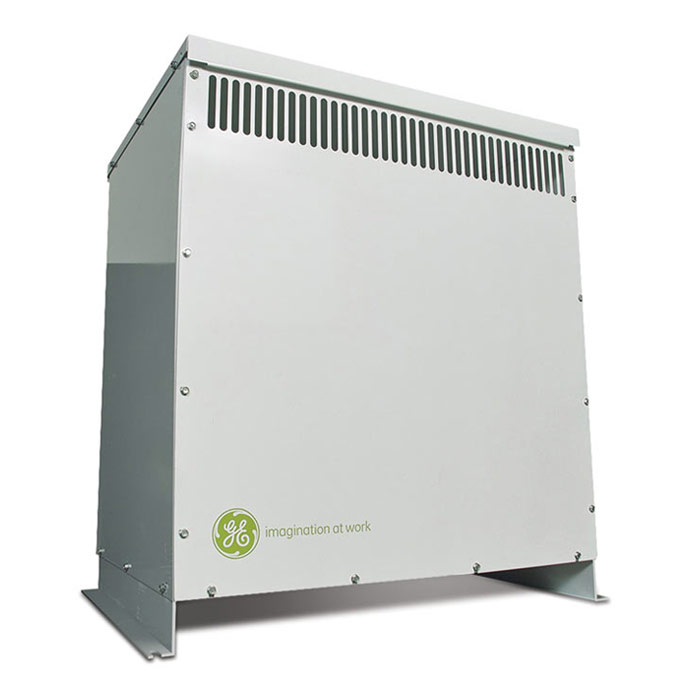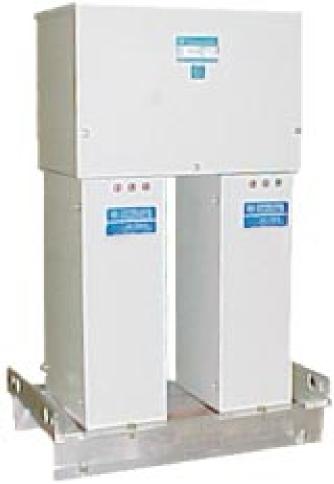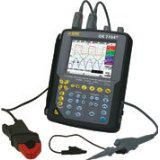 Northeast Resource Group, Inc.
Northeast Resource Group, Inc.
PO Box 6294, Plymouth, MA 02362
car·bon foot·print
Man-made climate change, or global warming, is caused by the release of certain types of gas into the atmosphere. The dominant man-made greenhouse gas is carbon dioxide (CO2), which is emitted whenever we burn fossil fuels like coal, diesel and gas. This is the primary fuel used in the operation of electrical power stations.
In general, the total impact on the climate breaks down like this: carbon dioxide (86%), methane (7%), nitrous oxide (6%) and refrigerant gases (1%). Given that a single item or activity can cause multiple different greenhouse gases to be emitted, each in different quantities, a carbon footprint if written out in full could get pretty confusing. To avoid this, the convention is to express a carbon footprint in terms of carbon dioxide equivalent or CO2e. This means the total climate change impact of all the greenhouse gases caused by an item or activity rolled into one and expressed in terms of the amount of carbon dioxide that would have the same impact.
Your carbon footprint is the sum of all emissions of CO2 (carbon dioxide), which were induced by your activities in a given time frame. Usually a carbon footprint is calculated for the time period of a year.
green·house gas
noun
Electricity Reductions (kilowatt-hours) 
Source EPA.GOV
The Greenhouse Gas Equivalencies Calculator on the EPA.GOV website uses the AVoided Emissions and geneRation Tool (AVERT) U.S. national weighted average CO2 marginal emission rate to convert reductions of kilowatt-hours into avoided units of carbon dioxide emissions.
Most users of the Equivalencies Calculator who seek equivalencies for electricity-related emissions want to know equivalencies for emissions reductions from energy efficiency (EE) or renewable energy (RE) programs. Calculating the emission impacts of EE and RE on the electricity grid requires estimating the amount of fossil-fired generation and emissions being displaced by EE and RE. A marginal emissions factor is the best representation to estimate which fossil-fired units EE/RE are displacing across the fossil fleet. EE and RE programs are not generally assumed to affect baseload power plants that run all the time, but rather marginal power plants that are brought online as necessary to meet demand. Therefore, AVERT provides a national marginal emissions factor for the Equivalencies Calculator.
Based on the Calculator described above, for every 1000 kWh reduced, the result in reduced Greenhouse gas is equivalent to:
- 1,729 Miles by an average passenger car
- 69.5 Gallons of Diesel Fuel Burned
- 773 Pounds of Coal Burned
What this means is that for every older 45 kVA distribution transformer replaced with a high efficiency GE/ABB 30 kVA unit, which is very common, it would save 5,700 kWh in annual losses which at .18 per kWh equals over $1,000 in cost and over 4,400 Lbs of coal burned. Often we can replace 75 kVA transformers with 30 kVA units and the kWh reduction increases to 8,400 offering savings over $1,400 plus the added equivalent reduction in Greenhouse Gasses.
We'd need to perform a two week load profile of each target transformer 30 kVA and larger to determine if it would qualify for downsizing as well as a utility company incentive




